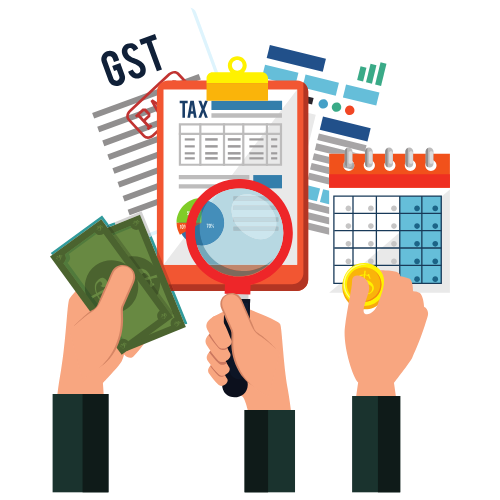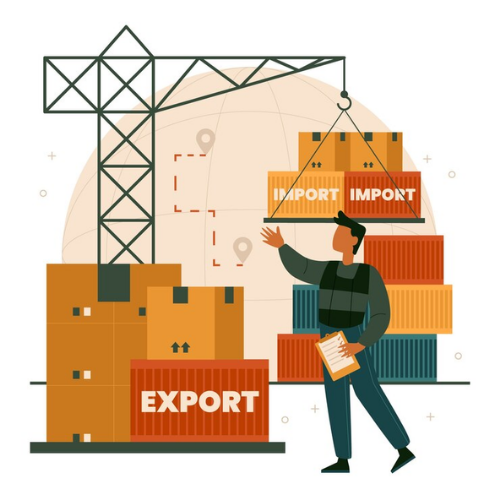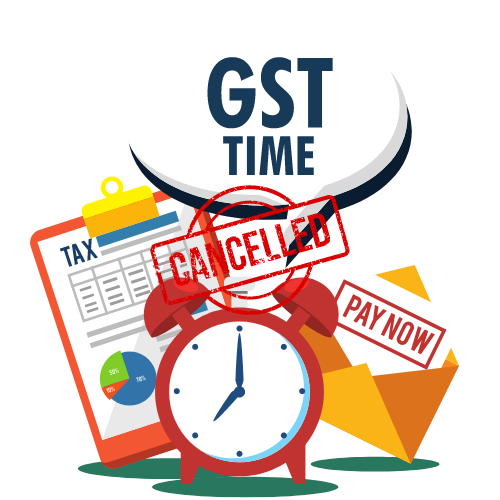Understanding the GST Composition Scheme
Learn about the GST Composition Scheme, a tax scheme designed for small businesses in India to simplify compliance and reduce tax burdens. Find out the eligibility criteria, benefits, limitations, and how to apply for this scheme.
Understanding the GST Composition Scheme
The Goods and Services Tax (GST) Composition Scheme is a tax scheme designed for small businesses in India to simplify compliance and reduce tax burdens. This scheme was introduced to make it easier for small businesses to comply with GST regulations and reduce their tax liabilities. It is an optional scheme available for businesses meeting certain eligibility criteria.
What is the GST Composition Scheme?
The GST Composition Scheme is a scheme under GST that allows small businesses to pay tax at a fixed rate based on their turnover, rather than paying tax on their actual sales. Businesses registered under this scheme are known as composition dealers. The scheme is designed to simplify taxation for small businesses and reduce their compliance burden.
Eligibility Criteria for the GST Composition Scheme
In order to be eligible for the GST Composition Scheme, businesses must meet the following criteria:
- The business must be a registered taxable person under GST.
- The aggregate turnover of the business in the previous financial year must not exceed a certain limit.
- Only businesses dealing in goods can opt for the composition scheme. Service providers are not eligible.
Benefits of the GST Composition Scheme
There are several benefits of opting for the GST Composition Scheme:
- Simplified taxation: Under this scheme, businesses need to file quarterly returns instead of monthly returns, which reduces their compliance burden.
- Reduced tax liability: Composition dealers pay tax at a lower rate than regular taxpayers, which helps reduce their tax burden.
- Lesser compliance requirements: Businesses under this scheme do not need to maintain detailed records of invoices and purchases, which saves time and effort.
Limitations of the GST Composition Scheme
While the GST Composition Scheme offers several benefits, it also has certain limitations:
- Cannot collect tax from customers: Businesses under this scheme cannot collect tax from their customers. The tax burden is entirely on the business owner.
- Cannot claim input tax credit: Composition dealers are not eligible to claim input tax credit on their purchases, which can increase their operating costs.
- Restrictions on interstate sales: Businesses under this scheme cannot engage in interstate sales. They can only make intrastate sales.
Application Process for the GST Composition Scheme
Businesses that meet the eligibility criteria can apply for the GST Composition Scheme by following these steps:
- Log in to the GST portal using your credentials.
- Go to the 'Services' tab and select 'Registration' from the dropdown menu.
- Click on 'Application for Composition Scheme' and fill out the required details.
- Upload the necessary documents, such as proof of turnover, address proof, and PAN card.
- Submit the application and wait for approval from the GST department.
Turnover Limit and Tax Rates under the GST Composition Scheme
Businesses opting for the GST Composition Scheme must adhere to the following turnover limits and tax rates:
- Manufacturers and restaurants: Businesses with an annual turnover of up to Rs. 1.5 crore can opt for the composition scheme and pay tax at a rate of 1% (0.5% CGST and 0.5% SGST).
- Other traders: Businesses with an annual turnover of up to Rs. 1.5 crore can opt for the scheme and pay tax at a rate of 1% (0.5% CGST and 0.5% SGST).
It is important for businesses to carefully consider their turnover and the implications of the composition scheme before opting for it. While the scheme offers certain benefits, businesses need to weigh them against the limitations and ensure that it is the right choice for their specific circumstances.
In conclusion, the GST Composition Scheme is a tax scheme designed to simplify compliance and reduce tax burdens for small businesses in India. By offering a fixed tax rate based on turnover and reducing compliance requirements, the scheme aims to make it easier for small businesses to meet their tax obligations. However, businesses need to carefully consider the eligibility criteria, benefits, limitations, and implications of the scheme before opting for it to ensure that it aligns with their business needs and objectives.
Latest Updates
ca4filings.com Services




























-registration.png)



